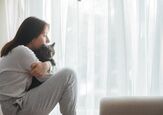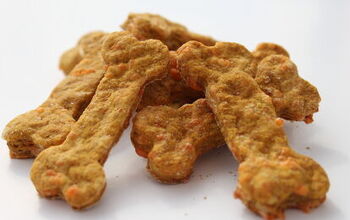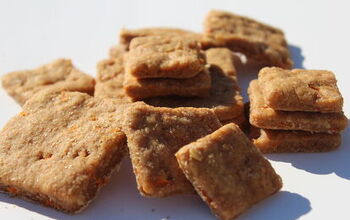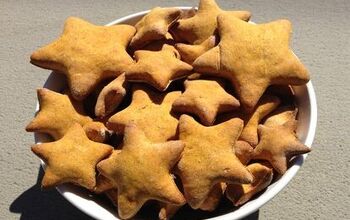Feeding your cat is one of the most basic responsibilities as a cat parent, but it’s more than just opening a can or pouring some kibble into a bowl. Your cat’s food is the fuel that powers them through their lives with you.Understanding their nutritional needs and establishing an effective feeding schedule is a key consideration for their overall health and well-being. This includes providing the right amount of food at the right time. But there isn’t a “one-size-fits-all” solution to mealtime. Instead, you’ll need to figure out how to meet your cat’s unique needs.In this article, I’m going to share the most important factors to consider when deciding how often and how much to feed your cat, signs your cat needs a change, and tips for establishing (and sticking to) a feeding schedule that suits both you and your cat.General Feeding Guidelines While there is no universal rule for feeding, there are guidelines that can serve as a starting point for deciding on the best plan for your cat. These are general guidelines based on the average healthy cat. However, they shouldn’t be taken as set in stone. The general guidelines, as set out by most experts (including VCA Animal Hospitals), are: Kittens 8 weeks – 6 months old: Feed approximately 5 meals/day to accommodate their tiny growing stomachsKittens 6 months old and adults: Can be fed larger meals and reduced to as few as 2 meals/day, no longer than 12 hours apartKittens should be transitioned to adult cat food at approximately 8-10 months old Of course, you will need to adjust your cat’s feeding routine based on several factors, ranging from their overall health to your lifestyle. If you’re unsure what the right approach is for your cat, I recommend speaking with your veterinarian or a pet nutritionist. Factors That Affect How Much to Feed Your Cat I have mentioned the many factors that can impact the right amount and frequency when feeding your cat. These factors cover many aspects of your cat’s life, including their health, age, lifestyle, and more. Here are the factors I consider when feeding my cats: Age There are stages in a cat’s life where they will naturally need a higher or lower calorie intake. Kittens, while growing, need the calories necessary to support their growing bodies. However, if you continue to feed that same amount as an adult cat, it can lead to weight gain and possibly obesity ( an ongoing problem in the US). At the same time, as a cat moves into their senior years, their body starts to slow down. At this stage, you need to adjust their nutrition to better suit their changing needs. Size/Breed Some cat breeds will naturally grow larger than others, requiring more calories to support their size. The best-known large cat breeds are the Maine Coon and the Norwegian Forest Cat. Of course, their size may be impacted if your cat is a mixed breed. I have a Maine Coon mix who is less than 7 lbs because she wasn’t blessed with the Maine Coon size.Weight You will need to adjust your cat’s meal depending on their current weight in relation to what is considered healthy. If your cat is overweight, you may need to cut back on how much or how often they are fed to support their weight loss. On the other hand (or paw) if your cat is underweight, you may need to strategically increase their calorie intake by feeding more each meal or feeding them more frequently. Activity Level Do you have a high-energy cat? Breeds like the Bengal are well-known for their playful and adventurous nature. Trying to fuel a higher-energy cat means that you will need to adjust their diet accordingly. However, if your cat is more laid-back and relaxed, feeding them more than necessary can cause them to gain weight. Health Conditions Anytime someone offers general guidelines for best feeding a pet or meeting their exercise needs, these guidelines are based on an average healthy pet. However, there are many health conditions that could impact your cat’s dietary needs. Conditions affecting how your cat absorbs nutrients from their diet may require a cat to eat more to meet their basic nutritional needs. Some health issues will also cause your cat to gain weight easier, meaning you need to restrict their diet. Or they may have specific needs related to exactly what you’re feeding or how much they can eat at any given time. When it comes to health-specific requirements, it’s best to speak with your cat’s veterinarian. They are familiar with your cat’s health history and can make recommendations that are best suited to keep them healthy and happy. Food Type Do you feed you cat wet food or dry food? Some foods are more calorie-dense than others, which can impact how often your cat needs to eat. Wet foods generally have a higher moisture content, making them less-calorie dense. A smaller portion of these foods can make your cat feel full. If your cat eats a diet primarily of kibble, they often need to eat smaller amounts to achieve the same level of calories and nutrition. Your Schedule Your cat’s health and well-being should be the primary concern when deciding on their feeding schedule, but I would be lying if I said that your schedule doesn’t also play into your decision. For example, if you have a hectic work schedule, it may be harder to accommodate multiple smaller meals. There are tools that you can use to help overcome these challenges. Many cat parents use automatic feeders like the Cat Mate C300 Automatic Digital Pet Feeder to offer meals on time, even when they are stuck at the office.

























